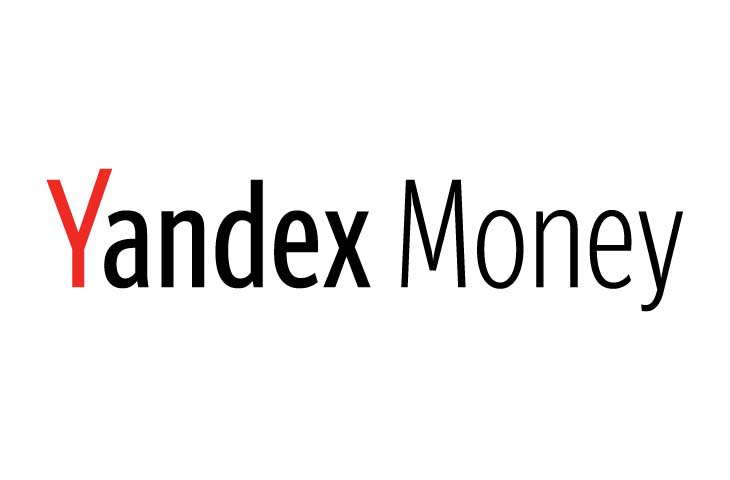Ivan Glazachev gives an exclusive to PaymentsJournal with his very first English interview in the new role
You joined Yandex.Money as the CEO last March. What has changed in the strategic management of the company since then?
The biggest strategic change is the approval of the new three-year “Strategy 2020” plan, formulating an overall direction for company lines of product development.
At Yandex.Money we service both consumers and merchants with Yandex.Money and Yandex.Checkout product lines. Yandex.Checkout is a payment aggregator for online stores and other businesses that need to accept a variety of payments online. This solution is relatively young (launched in 2013) but is already successful and its future is promising. We have received the Emerging Payment Award at the Merchant Payments Ecosystem conference (Berlin) in 2017 for its progress. Yandex.Checkout is also ranked as the most preferred solution (according to research agency MARC) in Russia for a second year in a row.
Since 2014 we have developed the necessary tech and operational experience working with largest global merchants. We work with different Yandex services (Yandex is Russia’s largest IT company and search engine #1), leading Russian and foreign online stores and services providers. Recently we have launched our new API platform, which will ensure easy boarding for small and medium businesses.
You mentioned that Yandex.Money provides services for both merchants and consumers. Could you elaborate on the b2c direction?
Yandex.Money e-wallet product is also developing quite fast. In Russia Yandex.Money is primarily seen as a service for consumers, comprising all the transactional banking services. This is indeed our strong side but we would like to go further. We are leveraging new smart systems to further automate the payment process. Given the overwhelming choice of different financial apps, we believe that nowadays people need a pro-active service. Thus, we are working on systems that can detect and suggest payments when one needs to pay.
We made our first step when we launched our special offers platform this summer. This is a recommendation platform, that offers users targeted discounts from Yandex.Checkout merchants. We use machine learning technologies in order to match the specific user with the best personalized offer. And we have a lot of new interesting things to come.
What about your client base?
Yandex.Checkout now serves 76,000 online stores all over the globe. It generates more than 60% of the overall company volume, having grown by 1/3 in the last year. As for consumer line of business, we now have more than 34 million consumer accounts, with 15 thousand new accounts opened each day.
How big is the company now in terms of people? Could you tell us about the corporate culture?
We have 3 offices – in Moscow, St. Petersburg and Nizhny Novgorod. Overall there are 700+ people. The corporate culture of Yandex.Money is quite different from traditional banks: its more open, less formal. I have never been a big fan of formalities anyways, everyone should be able to reach the CEO very easily. As a result, many work issues can be resolved much faster and more effectively.
What interesting industry trends do you see?
Yandex.Checkout is actively embracing the world of messengers. Whereas instant messenger payment model is in high demand in Asia, it is still brand new for Russia. Yandex.Checkout was the first in Russia to enable merchants to accept payments via Telegram Bots, allowing their customers to pay for goods and services directly inside the messenger. Recently Yandex.Checkout has also enabled online stores to send invoices to their customers via Viber messenger. Since then, many different services have started to use this feature, in particular flower deliveries, coffee makers, education courses, charity organizations and so on.
Compared to the overall business results of Yandex.Checkout, the share of payments in messengers is not that big. However, given the constantly growing audience of messengers in the region, the perspectives seem bright. For instance, Telegram channels are quite new but already big in Russia and they have a great potential for e-commerce.
How do you see the nearest future of the company?
From my point of view, it’s extremely important to continue developing both – b2b and b2c directions. Currently, Yandex.Checkout is one of the major drivers of new clients of Yandex.Money e-wallets. Yandex.Money e-wallet is the most profitable payment method in Yandex.Checkout PSP respectively. Thus, we need to develop both to enhance closed loop benefits.
Nowadays people tend to use Yandex.Money when they want to buy something or transfer money to somebody. They don’t really do that on a regular basis (if you compare it to scrolling the social networks feed). At Yandex.Money we now focus on creating new scenarios, that will increase the number of such cases and will eventually become irreplaceable for the so called ‘unconscious’ clients. For instance, if one needs to pay for parking or a traffic fine, Yandex.Money has to be the easiest and the most efficient way to do it. Let’s say that one needs to top up fuel in his car – Yandex.Money should be the obvious choice and the easiest means. We believe that payments have to appear in a natural way, being integrated in our everyday life. That’s the future, which is already happening by the way.
